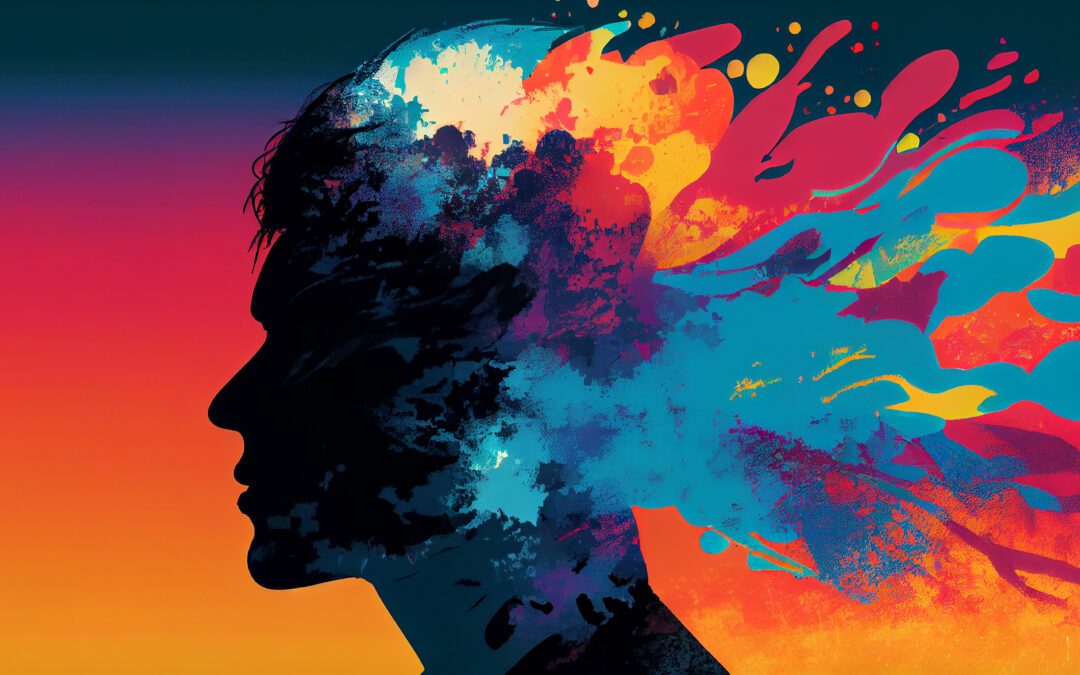Hey, today we’re going to talk about something extremely fascinating in marketing: color psychology. It’s all about how different colors affect our emotions and judgments. Marketers frequently use this to trigger specific feelings about their products.
Let me break it down for you. So colors are more than just colors; they have a distinct effect on us.
Take red as an example. It is connected with vigor, passion, and urgency. That’s why it appears frequently in clearance deals and fast-food branding. It grabs your attention and makes you rush to act quickly.
Then there’s blue, which is basically the reverse. It’s related to trust and keeping calm. That’s why so many IT companies and banks have blue logos. It helps you feel comfortable and confident in their services. Furthermore, blue is highly liked, making it a secure pick for brands.
Yellow represents pleasure and optimism. It’s effective at catching your attention, but it can become overwhelming if used excessively. It is commonly used to highlight essential buttons on websites, such as “Sign Up” or “Buy Now,” because it is difficult to overlook.
Green reminds you of nature and wellness. It’s calming and refreshing, which makes it popular among eco-friendly and health-conscious firms. Green also represents growth and stability, which can be appealing in a variety of settings.
Orange is upbeat and cheerful. It is the color of innovation and energy. Brands that target younger consumers or want to appear vibrant and pleasant frequently use orange. It’s engaging and playful without being overly forceful.
Purple symbolizes wealth and inventiveness. Purple exudes refinement and class, which is why high-end companies and beauty products frequently use it to underline their premium feel.
Black represents elegance and power. It’s sleek and futuristic, making it a top choice for luxury businesses. Consider how elegant black packaging appears—it simply screams high-end.
White symbolizes purity and simplicity. It’s clean and simple, which is why it appears in so many modern, streamlined designs. It gives the impression that everything is organized and tidy.
When marketing something, you should consider your brand’s identity as well as your target audience. For example, if you sell health food, green may be your preferred shade because it symbolizes health and nature. If you’re targeting the luxury market, you may prefer black or purple.
Colors play an important role in CTA buttons on websites. You want these to stand out, so select a color that contrasts with the rest of your site. If your website is primarily blue, a bright yellow or red button will stand out and attract more hits.
Some brands make excellent use of color. Consider Coca-Cola’s distinctive red—it’s lively and makes you feel eager. Apple, for example, makes extensive use of sleek black and white to represent refinement and simplicity. McDonald’s uses red and yellow to drive appetite and express cheerfulness, which is appropriate for a fast-food restaurant. Whole Foods uses green to express its commitment to health and ecology.
So, the next time you go shopping or browse the internet, pay attention to the colors around you. It’s astonishing how much consideration goes into selecting them to impact our feelings and actions.


